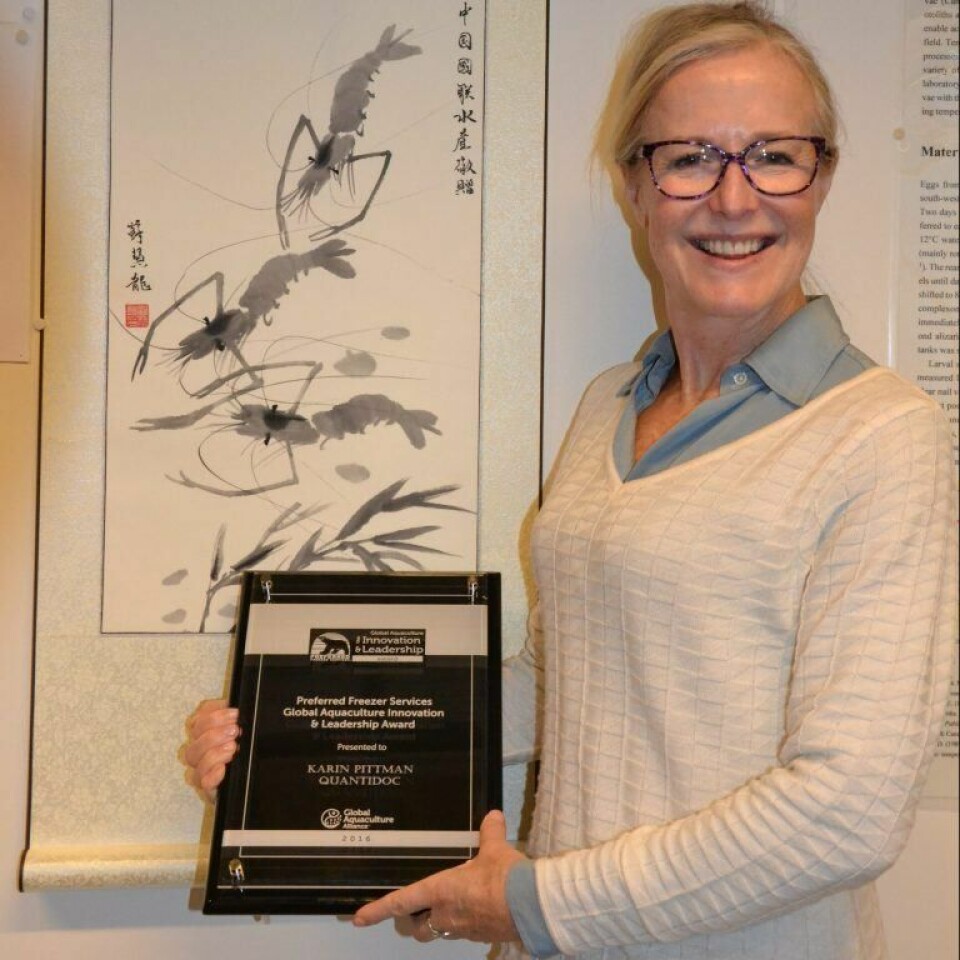
Learning a lesson from Coho research
Research that shows how Coho salmon can get rid of lice by encapsulating the parasites with their skin may be useful for the Atlantic salmon farming industry, according to lead academics.
The molecular mechanisms underlying the Coho’s ability to reject and kill lice were recently presented by post-doctoral researcher at AVC (and Fish Farming Expert contributor) Dr Laura Braden, both during AE2016 in Edinburgh and at the 11th International Sea Lice Conference in Westport, Ireland.
“Some species of Pacific salmon, as Coho, are known to be able to quickly get rid of lice, only days after infection. Previous research has shown that this mechanism includes the host more or less eating the parasite by surrounding it by the skin tissue, but the molecular mechanisms behind this have not been known,” Braden explained to Fish Farming Expert.
Ready to transfer to Atlantic salmon
“It has been known that the Coho salmon have a special ability to resist lice, which are very effective,” says Professor Pittman, who is an expert on fish skin and immune systems.
“Charting the paths of the Coho’s amazing response, you can clearly transfer the knowledge to Atlantic salmon,” continues the professor.
She is unsure exactly how this can be done, but stresses that it pays to look at a fish that has managed to resist unaided, a problem that the Norwegian salmon industry has struggled to overcome for over 20 years.
Breeding
Now Pittman and Salmobreed are looking to create salmon that are more resistant to lice.
“The basis for breeding is that certain families are more resistant to lice than others. But breeding is not everything and the food is also medicine. It is a complex issue that will require complex customized strategies.
“There may be many mechanisms that can be utilized to get salmon stronger than they are today, I wish them all well,” says Pittman.
Professor Karin Pittman proudly shows the innovation award she received in China. Photo: Magnus Petersen.




















































